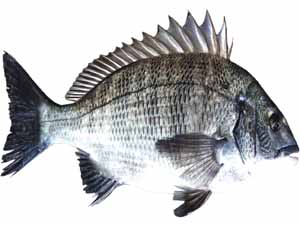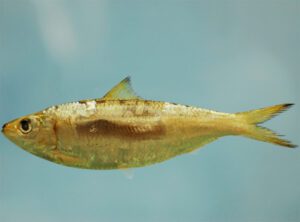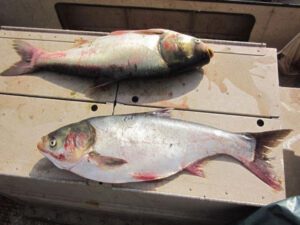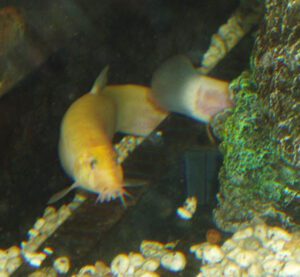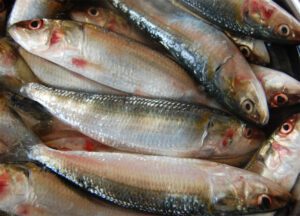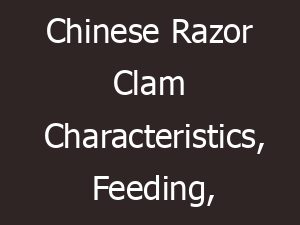The white salmon fish is a distinct and special kind of salmon fish. Most of the salmon fish have a pink or orange hue, while the white salmon has a lighter color as compared to other salmon varieties. These salmon is also sometimes called “Ivory Salmon”. It is a popular fish in many cultures and cuisines around the world.
The white salmon fish are mostly found in cold waters of the North Pacific Ocean. They are mainly caught from Alaska, British Columbia, and parts of the North Pacific Ocean. The white salmon is a popular choice for the fish lovers mainly for their mild and delicate flavor. It is less oily than other types of salmon and considered good for human health.
There are many cooking methods and recipes available to try this fish. You can try baking, grilling , or pan-searing for enjoying this fish. White salmon fish are highly nutritious, and regular consumption of this fish provides several health benefits. However, before going deep into this discussion, let us first explain what is white salmon fish.
What is white salmon fish?
The white salmon fish is actually a type of salmon fish which is known for its distinctive light body coloration. This fish gets its name from its pale, ivory-colored flesh. And unlike the most common pink or range salmon, the white salmon has a lighter hue. The fish is also known as “Ivory Salmon” or “White King Salmon”. The fish is well known and popular for its mild taste and tender texture. The scientific name of white salmon fish is Oncorhynchus tshawytscha.

Characteristics
The white salmon fish has several distinctive physical characteristics. And all these physical features make the fish apart from other types of salmon fish. These fish have a streamlined, torpedo shaped body. They have somewhat conical and pointed head, and their mouth is equipped with sharp teeth.
White salmon have small to medium-sized scales over their body. The scales are typically covered with a shiny, and reflective coating. The scales on the lateral line are often more pronounced. Like other common salmon fish, they also have dorsal fin, pectoral fins, pelvic fins, and a forked tail.
The skin color of white salmon fish can vary. But it is generally almost similar to that of other salmon, but with a silvery or dark greenish-blue appearance. Average body length of these fish is typically between 24 to 36 inches. And average body weight of these fish is between 15 to 40 pounds, or sometimes even more.
Natural habitat
The white salmon fish generally live in the cold and clear waters of the North Pacific Ocean. They can be found in the coasts of Canada, the United States, and parts of Asia. They also swim up rivers for laying eggs.
Diet
Diet of the white salmon fish varies depending on their life stage and habitat. In their early life (fry and parr stage), white salmon are mainly feed on small aquatic insects, like mayflies, caddisflies, and midges. They also consume tiny water-dwelling organisms like zooplankton.
As they grow and when they reach juvenile stage, their diet changes to small fish, and including other juvenile salmon, herring, and small baitfish. They also sometimes eat small crustaceans like shrimp and krill. And the adult white salmon fish generally eat fish, squid, and crustaceans.
Reproduction
White salmon fish are anadromous, and they migrate from the ocean to freshwater rivers and streams for spawning. Exact time of migration depends on the species and the environmental conditions, but generally occurs in the late summer to fall. Once they reach their spawning grounds, these fish choose gravel beds in clean, flowing freshwater streams or rivers. And these gravel beds provide a suitable environment for the eggs to develop.
The female white salmon digs a nest by using her tail, and then deposits her eggs into the nest. Then the male white salmon fertilizes the eggs by releasing sperm over them. After successful fertilization, the eggs incubate in the gravel for several weeks to months. Exact time depends on numerous factors such as water temperature and some other environmental factors.
Once hatched, the salmon fry remain in the gravel for a short period. And during this period, they absorb the yolk sac and begin to develop into juvenile fish. As they mature the juvenile white salmon undergo a process called smoltification (this is when they prepare for their transformation from freshwater to the saltwater ocean).
Lifespan
Average lifespan of the white salmon fish is between 4 to 6 years.
Uses
The white salmon fish are mainly used for food. They are known for their mild flavor and tender texture.
Cooking and recipes
The white salmon fish can be cooked and prepared in many different ways. Some popular cooking ways or recipes are:
Grilling: Grilling is the most common and popular way of cooking this fish. Grilling is very easy and simple. Just brush the salmon with a little oil, season it, and grill until it is properly cooked inside.
Baking: Place the white salmon in a baking dish, season it with herbs and spices. And then bake the fish in the oven until it is cooked properly.
Pan-searing: Cook the white salmon in a hot pan with a little oil until it is golden brown on the outside and tender inside.

Taste
The white salmon fish has a mild, delicate flavor. Taste of this fish is often described as buttery and rich, with a slightly sweet undertone. The flesh is typically tender and moist.
Nutrition
The white salmon fish are highly nutritious. A 100 grams serving provides:
- Calories: 142 kcal
- Protein: 20 grams
- Saturated Fat: 1 gram
- Monounsaturated Fat: 2 grams
- Polyunsaturated Fat: 3 grams (includes Omega-3 and Omega-6 fatty acids)
- Cholesterol: 60 milligrams
- Sodium: 50 milligrams
- Potassium: 400 milligrams
- Vitamin D: 570 IU (around 143% of the Daily Value)
- Vitamin B12: 3 micrograms (around 125% of the Daily Value)
- Selenium: 30 micrograms (around 43% of the Daily Value)
- Omega-3 Fatty Acids: Approximately 1.5 grams
- Omega-6 Fatty Acids: Present in smaller amounts
Health Benefits
Consumption of white salmon fish provides several health benefits. It is rich in omega-3 fatty acids which are very essential for heart health, and improving brain function. It is a good source of high quality protein. It is also an excellent source of some essential vitamins and minerals.
Price
It is very tough for us to tell the exact price. Because, exact price of the white salmon fish depends on numerous factors and can vary from place to place. But generally, you can expect the price of fresh white salmon fish between $20 to $35 per pound. Price of frozen fish is much cheaper and can vary between $15 to $30 per pound.

Where to buy white salmon fish?
You can purchase either fresh or frozen white salmon fish from many different sources. Some most common options are local specialty seafood markets, grocery stores, supermarkets, restaurants, online retailers, wholesale and club stores.

